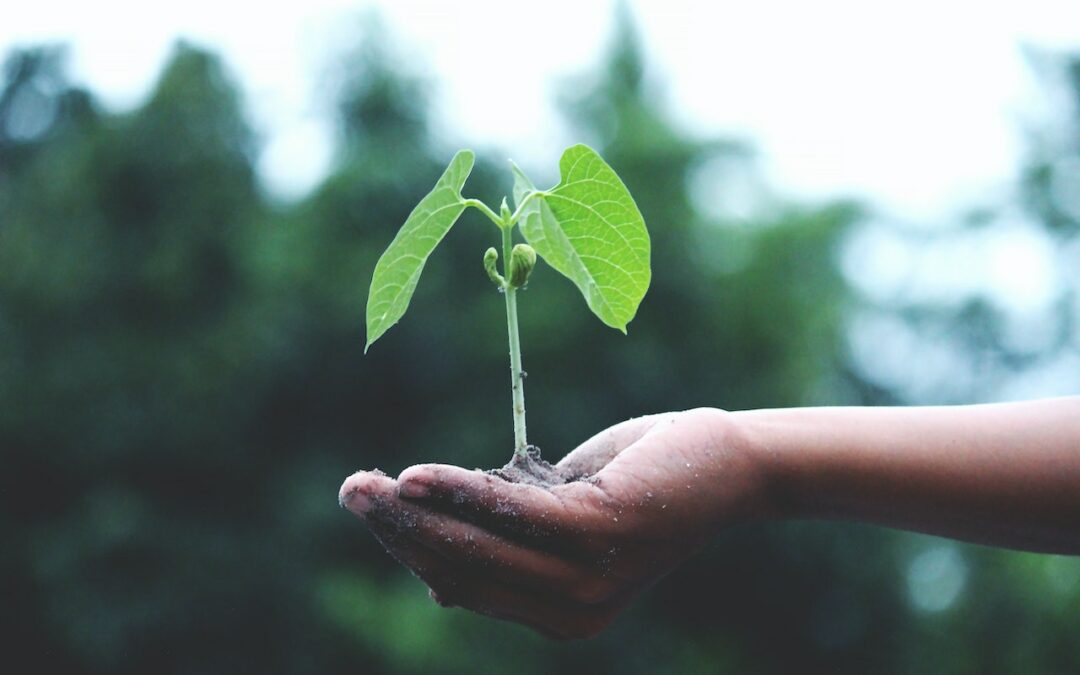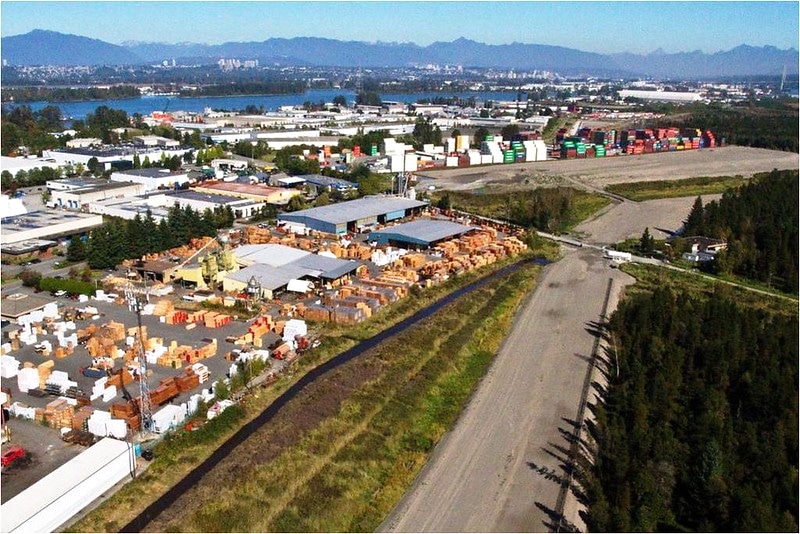
by Komoneed | Nov 29, 2024
With approximately 1.7 million tonnes of food waste sent to landfill in NSW each year, 100 of the state’s food businesses will be taking part in an initiative that aims to tackle the problem at its source.
Not-for-profit social enterprise Green Connect has received funding from the NSW Environmental Protection Authority’s (EPA) Business Food Waste Partnership Grants program to launch the project, in which it will partner with businesses including venues in Mirvac shopping centres and the University of Wollongong.
Food waste drains about $36.6 billion from the Australian economy annually and generates 3% of the nation’s greenhouse gas emissions.1 The NSW Government has made food waste management a priority, setting government targets to halve the amount of organic waste sent to landfill by 2030.
Green Connect’s Zero Waste team aims to use insights from its project to create a scalable education model for businesses across NSW.
“With 17.5 million tonnes of CO2-e generated from the production and disposal of wasted food in Australia every year, our mission is clear,” said Robert Servine, Green Connect General Manager.
“Through partnerships with NSW businesses and organisations, we’re taking positive steps to reduce food waste and protect our planet while supporting meaningful employment opportunities in our community.”
Sarah Clarke, Mirvac Group General Manager, Sustainability, added, “We’re proud to work with Green Connect towards our goal of zero waste to landfill by 2030. By helping our food vendors to reduce waste, we’re making real change together.”
For more information, visit: green-connect.com.au/zero-waste-services.
1. https://www.dcceew.gov.au/environment/protection/waste/food-waste
Images courtesy of Green Connect.

by Komoneed | Nov 29, 2024
The latest projections by the Department of Climate Change, Energy and Water discussed by Climate Change and Energy Minister Chris Bowen on 27 November highlight the transformative impact of critical policies starting in 2025 — including the New Vehicle Efficiency Standard (NVES) and an expanded Capacity Investment Scheme (CIS). These initiatives are set to accelerate Australia’s shift to cleaner energy, transport and industry, with the NVES projected to slash 20 million tonnes of pollution by 2030 alone.
Renewables powered more than one-third of Australia’s grid over the past year. Major projects — like the 700-megawatt battery replacing Eraring’s retired coal-fired power station set to be the largest in the Southern Hemisphere, and Victoria’s 100% publicly owned solar farm and battery near Horsham — coming online can help cut climate pollution further.
Climate Councillor and energy expert Greg Bourne said: “Renewable energy has already made up about 40% of electricity in the national grid in the past 12 months. The Australian Energy Regulator, the Australian Energy Market Operator and the International Energy Agency have outlined our safest, cleanest and lowest-cost path forward: renewables from the sun and wind, backed by storage like batteries and pumped hydro.
“All of our aging and unreliable coal-fired power stations will shut down before 2040; it’s inevitable and already in motion. We need to be firming up plans to power Australia with more clean energy to power our lives around the clock, keep our communities safer, and put power back into the hands of Aussies.”
Climate Council CEO Amanda McKenzie said: “Significant progress on climate action has been made in the last two years. Australian homes and industry [are] now powered with 40% renewable power which is slashing climate pollution.
“Australia’s shift to clean energy is well underway. Just this month, Australia hit its four millionth rooftop solar installation and the federal government introduced standards to help electric vehicle owners use their car to power their homes.
“Businesses are taking note and going solar. More than 100,000 households have added a battery to their solar system. Our heavy industries are increasingly using energy from clean sources and boosting their green hydrogen capacity. Australia has more than 160,000 electric vehicles registered domestically.
“These solutions are making a tangible difference right now to slash Australia’s climate pollution. After a decade of inaction, Australia has strong momentum with Australians benefiting from renewables jobs and opportunities opening up in the regions. Renewable power backed up by batteries can provide the 24/7 power for a modern economy for 2030 and beyond.”
The Climate Council recently launched its Momentum Monitor, which tracks the progress of climate solutions in Australia’s energy, transport and manufacturing industries. Data in the Momentum Monitor will be updated quarterly.
Image credit: iStock.com/Alones Creative

by Komoneed | Nov 29, 2024
Two Queensland councils* have opted for Australian-manufactured screening technology to protect the efficiency of their wastewater treatment plants (WWTPs).
In choosing horizontal in-channel rotary drum screening technology engineered by CST Wastewater Solutions, the councils also sought to curtail risks of process and environmental spills from blockages.
CST Wastewater Solutions’ full stainless steel drum technology — with fine pre-screening down to 200 µm — provides a first line of defence against detritus in municipal and industrial wastewater streams entering vital water treatment processes within the WWTPs involved.
The company explained that an integral part of its new, locally manufactured rotary drum screens and auger extractors is industry-best screening, which provides 50% finer apertures for greater waste-solids extraction and recovery.
Drum screens reduce maintenance costs and extend equipment life by preventing clogging and build-up of solids, and prevent the formation of filtrate crusting on the primary clarifier, which is essential for the treatment plant to operate optimally.
CST Wastewater Solutions Managing Director Michael Bambridge said the in-channel (or in-tank) drum screens are custom-engineered for unique local conditions, including widely varying flow rates and inflow content. He added that the systems also recognise the need to cater to municipal and industrial companies that cannot afford to have large in-house engineering and maintenance teams.
One of the latest Queensland installations involved twin screw screens, constructed from full 316 grade stainless steel, with each screen capable of handling 230 L of inflow a second. The Australian-manufactured screens replaced imported screens that were less than 10 years old.
“The second twin-screen installation, with fine drum screening down to 3 mm and 400 L/s capacity, was installed by a major utility operating in a marine environment that was impressed with the performance and durability of existing CST screening technology,” Bambridge said.
“Existing high performance, low maintenance and, importantly, the prompt availability of local service expertise were among the prime reasons for this major authority introducing further CST technologies to maintain and enhance the performance of a WWTP operating in a marine environment,” he added.
CST has drum screens with holes as fine as 2 mm that have been operating for more than 10 years in Queensland.
Bambridge said that rather than opting for one-size-fits-all imported technologies — with potential downtime and supply chain issues when they need service — many local authorities and industrial WWTP operators value the availability of local engineering expertise.
“Good local service is an essential complement to good equipment. Imported equipment is always at the mercy of supply chain delays and cost. Such equipment could be useless the first time it broke down, until it is repaired,” he said.
“Then, both municipal and industrial organisations face the risk of non-compliance of licence conditions and downstream blocking, flooding, production interruptions, and environmental and groundwater hazards.”
CST has been progressively moving towards Australian manufacturing since COVID affected supply chains. It has now achieved full Australian design and manufacture of the following ranges:
Internally fed rotary drums — Model RDs
In-channel horizontal rotary drum — Model FS
Screw screens and associated equipment — Model SF
*The municipalities cannot be named for client contractual reasons
Top image caption: Drum screens are installed to remove solids from wastewater, protect downstream equipment and improve efficiency. Images courtesy of CST Wastewater Solutions.

by Kate Mothes | Nov 29, 2024
When a brave black cat’s world is turned upside down after a massive flood, its courage and wits are put to the test.
Do stories and artists like this matter to you? Become a Colossal Member today and support independent arts publishing for as little as $7 per month. The article ‘Flow’ Follows a Courageous Black Cat Navigating a World Suddenly Plunged Underwater appeared first on Colossal.

by Komoneed | Nov 29, 2024
All over the world, floods have been increasing in frequency and intensity due to climate change. A new study led by researchers at University of British Columbia (UBC) shows that protecting key ecosystems across Canada could reduce the risk of flooding in over half of urban areas in the country that are at high risk. […]
The post Safeguarding Natural Areas Can Protect Cities From Flooding, Canadian Study Finds appeared first on EcoWatch.





